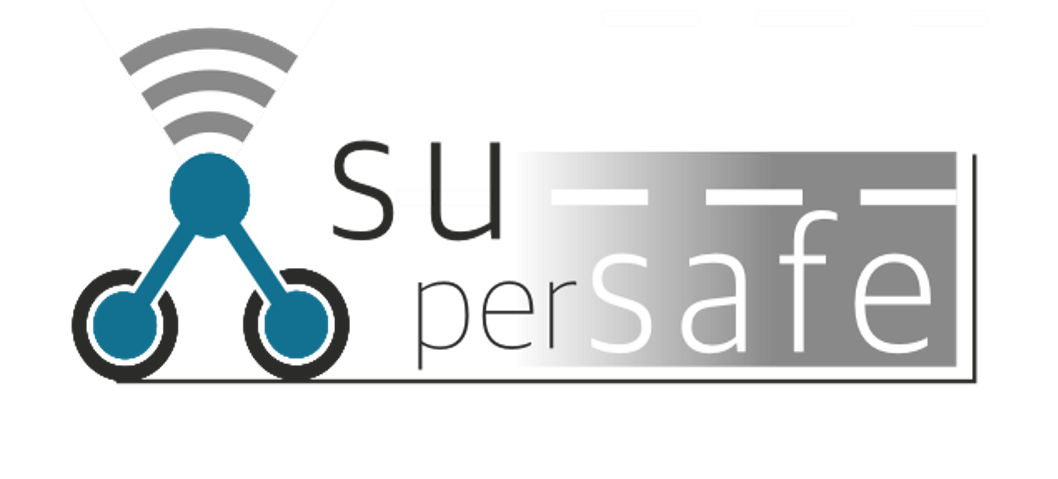Risk estimations in the transition period to full automated driving investigated in new SAFER associated project
The SUperSAFE project aims to fully understand how the interaction between connected and automated vehicles and conventional road users works, to explain it and relate this to the digital and physical road infrastructure.
Many questions about safe interactions with automated vehicles will be addressed in the new EU project SUperSAFE ‘SUrrogate measures for SAFE autonomous and connected mobility’, recently associated to the SAFER project portfolio.
Human driver errors are the cause of the majority of traffic accidents. Does this mean that with automation there would be no more accidents? How safe will the interaction be between conventional vehicles and connected and automated vehicles? What will the role of the road infrastructure be? While European policies support the introduction of vehicles with advanced driver assistance systems, the road towards full automation remains long due to a fear of crashes and low acceptance among the public. To address these issues, the EU-funded SUperSAFE project will shed light on the newly identified risks posed by vehicle automation. The overall objective of the project is to find ways to ensure a safe transition to fully automated driving.
 Carmelo D’Agostino, project leader at the University of Lund comments on the research:
Carmelo D’Agostino, project leader at the University of Lund comments on the research:
“I hope to develop a new proactive method that can evaluate how road infrastructure affects safety, in terms of interaction between road users, and preventively assess how it should be designed. This will save lives by including connected and automated vehicles as well as road infrastructure in the paradigm shift towards a safer system”.
Rigorous method for risk estimation
In SUperSAFE, the research team will select the relevant variables drew on the newly identified risks posed by CAVs, and with these they will develop a new proactive method based on surrogate measures of safety for studying the effects of the physical and digital infrastructure on the interaction between road users in a mixed-mobility environment.
Also, considering the benchmarks for cities’ liveability and transport sustainability that include road casualties as a primary factor, the European White Paper on Transport calls to reach zero fatalities by 2050 following the Vision Zero’s policy. Recent statistics indicate a reduction of traffic accidents but also that this development has slowed down and additional efforts are required. At the same time, CAVs are already a reality. Tendency towards vehicle automation is even more evident in the European policies which encourage member states to push with the introduction of vehicles with advanced driver assistance systems. However, the road towards full automation is still not open because there is a fear of low acceptance of potential accidents with these vehicles. This is mainly because the CAVs’ behaviour vis-à-vis the conventional vehicles on the road and the digital and physical infrastructure is still unknown. To meet these rapidly approaching needs SUperSAFE, will contribute to attaining the aforementioned European goals by developing a scientifically rigorous method of estimating risk based on the road users’ real needs to improve traffic safety in the transition period to fully automated driving.
The funding,1.5 million Euro, is from the European Research Council (ERC) under grant agreement ID: 101039222. Carmelo D’Agostino, University of Lund is coordinator of the project. The project will end in December 2027.

